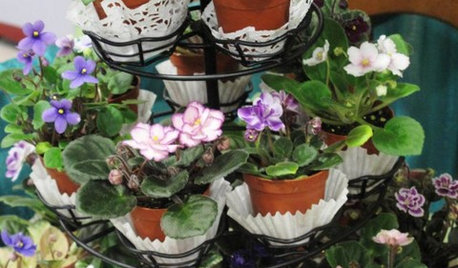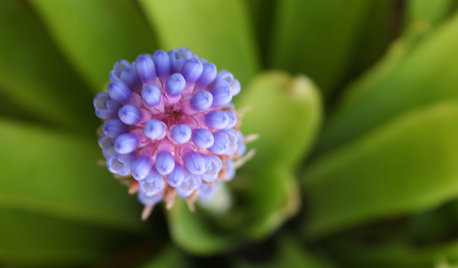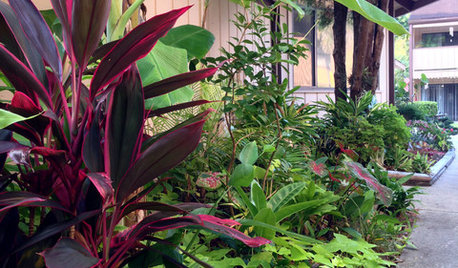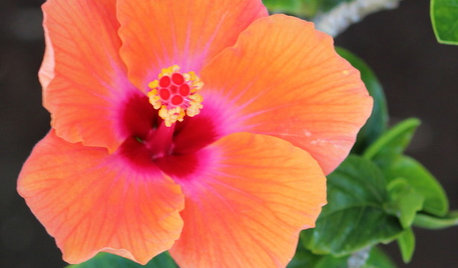Sorry!!! This is not about how to create them - but rather, how to keep them!
Some of you might remember I posted a picture of Neo DeRolf a while ago that was loosing it's variegation. Just to recap, that was a very young pup that I got and I gave it a lot of food to try and speed up it's growth. It grew well, but every new leave has less variegation in thab the previous one untill finally there was none! I repotted the plant without adding any food and put it in the sun - full morning sun untill almost midday. It got it's variegation back!
Some one posted a thread here telling us about feeding a plant after flowering. Dropped some time release fetilizer in between the leaves and the plant (Ae Ensign)gave him about 20 pups!
So I tried the same. I had a Neo Mosquito that was very nicely variegated with a lot of fine striations in the centre of the leaves. After I removed it's first pup - which is nicely variegated just like the mother - I sprinkled some Osmocote in the leave axils and also some in the potting mix around it's roots. It promtly gave me 2 more pups - solid green! I removed them and another green one is froming right now.
I did this with various plants. ALL behaved in the same way. Neo Crayola had a pup just started forming when I did this fertilising. When I removed the pup today, I noticed all the new leaves in the centre is solid green while the first leaves that were formed before I fertilised, are variegated. Chili Verde's first pup is green - no unvariegated leaves on mother! Same with Neo Red Blush. Scarlet Charlotte's pups' albo-margination got narrower and narrower until the last (4th)pup only has pencil thin white lines on the leave margins!
Does that mean that variegation in these plants is really an illness - virus infection or other? Or does it mean that variegated plants suffer from some sort of mal-nutrition?
All my plants that were fed this way, I repotted today in a very poor potting mix after I thoroughly washed ALL traces of food out from between the leaves and the roots. Most are still strong enough and should still give me some pups. Will this 'cleaning' exercise help them to give me variegated pups again (IF feeding caused the problem)or would there still be too much food left in the system of the plant?
The second point. I have some variegated plants that are going more and more variegated to the point of being albino. Will this help to 'over fertilise' them to try and stop them from loosing all chlorophyl? I am going to try anyway!
Please tell me anything you experienced/know about this phenomenon!
Japie










hotdiggetydam
neomea
Related Professionals
Simpsonville Landscape Architects & Landscape Designers · West Milford Landscape Architects & Landscape Designers · Lowell Landscape Architects & Landscape Designers · Cicero Landscape Contractors · Coeur d'Alene Landscape Contractors · Columbine Landscape Contractors · Plainview Landscape Contractors · Tigard Landscape Contractors · Carney Fence Contractors · Georgetown Fence Contractors · Leesburg Fence Contractors · Minneapolis Fence Contractors · South Yarmouth Fence Contractors · San Antonio Siding & Exteriors · Iowa City Siding & Exteriorsavane_gwOriginal Author
LisaCLV
kerry_t_australia
avane_gwOriginal Author
udo69
neomea
LisaCLV
LisaCLV
sdandy